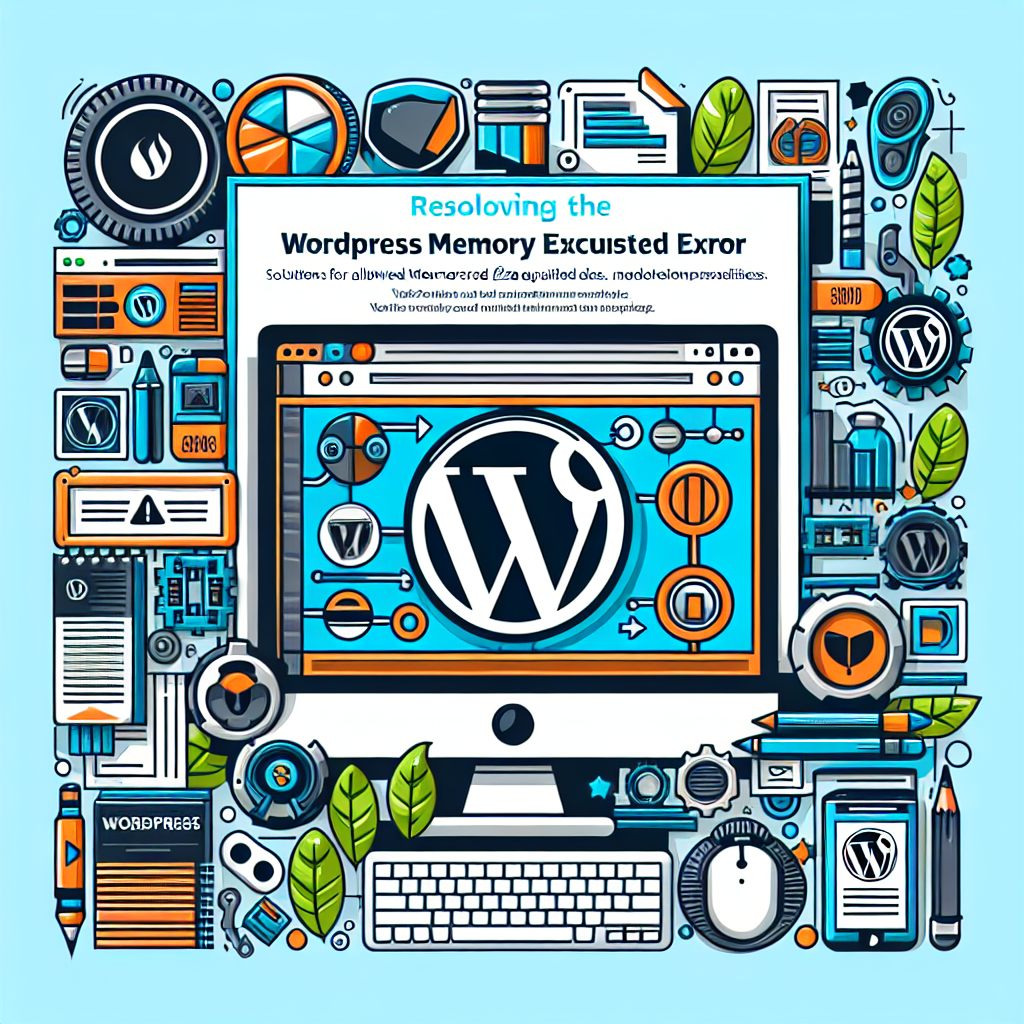Physical Address
304 North Cardinal St.
Dorchester Center, MA 02124

As a seasoned tech professional, I have encountered a myriad of errors while working with WordPress, but the “Memory Exhausted” error stands out due to its frequency and impact on website performance. This blog post chronicles my experience tackling this issue and offers comprehensive solutions that anyone can apply.
The “Allowed Memory Size Exhausted” error typically occurs when a WordPress site exceeds its allocated memory limit. This situation can manifest as a warning message indicating that the memory limit has been exhausted and can disrupt the functioning of your site, leading to slow performance or complete inaccessibility.
Before making any adjustments, it’s crucial to determine the current memory limit of your WordPress installation. You can check this by creating a simple PHP file with the following code:
Upload this file to your server and access it via your web browser. Look for the “memory_limit” directive to determine your existing memory allocation.
To effectively resolve the memory exhaustion issue, you may need to increase the memory limit. Here’s how you can do this:
wp-config.php file in the root directory of your WordPress installation./* That's all, stop editing! Happy blogging. */:
define('WP_MEMORY_LIMIT', '256M');
php.ini file, you can find this file in your server’s root directory. Add or edit the following line:
memory_limit = 256M
php_value memory_limit 256M
In addition to increasing memory limits, optimizing your WordPress site is essential for better performance.
If you still encounter the memory exhausted error after following the steps above, consider the following troubleshooting tips:
The “Allowed Memory Size Exhausted” error is a common challenge that can significantly affect the functioning of a WordPress site. By following the steps outlined above, I successfully resolved this issue and improved my site’s performance. Understanding the root causes and implementing effective solutions can help any WordPress user maintain a smooth and responsive website.
The recommended memory limit for WordPress is typically set to 256M, but larger websites may require even more.
You can check memory usage by creating a custom PHP file or using plugins that provide performance metrics.
While increasing the memory limit can resolve specific errors, optimizing plugins and themes is crucial for overall site performance.
By implementing these strategies, you can avoid running into the memory exhaustion error and ensure your WordPress site runs smoothly.